An Evening Of Great Music With The Fabulous Footnotes 2/2/2013
We came from South Coast Reperatory (via Seasons 52) to meet up with the Branders and Finches for an evening of dancing and giggling! The Garden Grove Elks is a friendly lodge and we enjoying meeting up with our friends!

Let The Partee Begin

Click for full sized 2400px by 1800px collage


Great music to dance the evening away

Jackie and Jack hit the floor running

Great saxophone player....

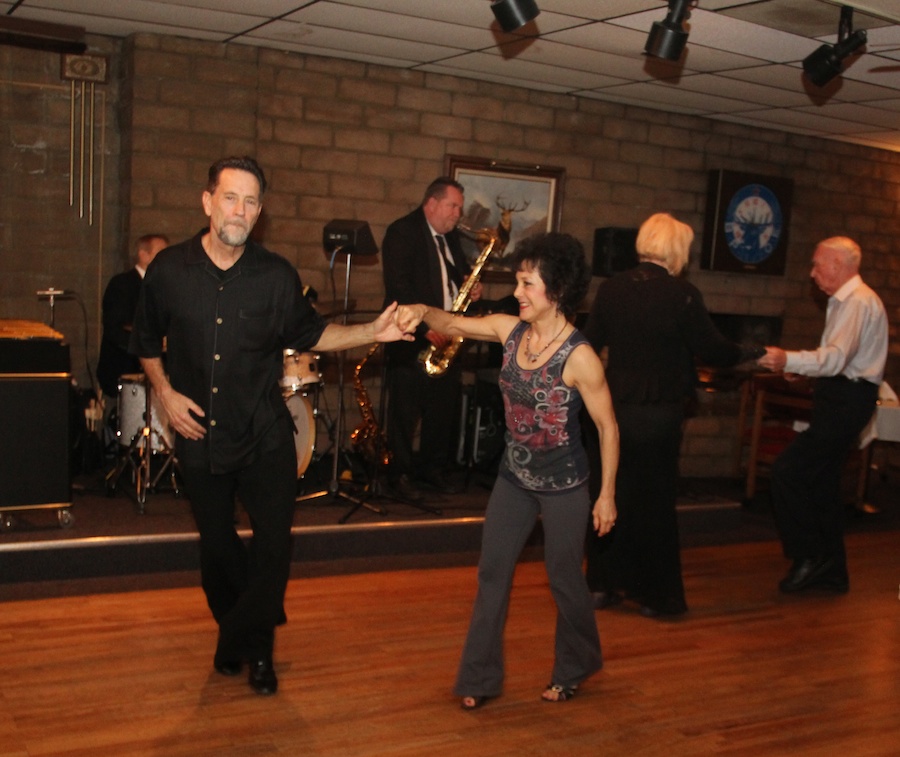
Bob and Donna test the music... It is fine!
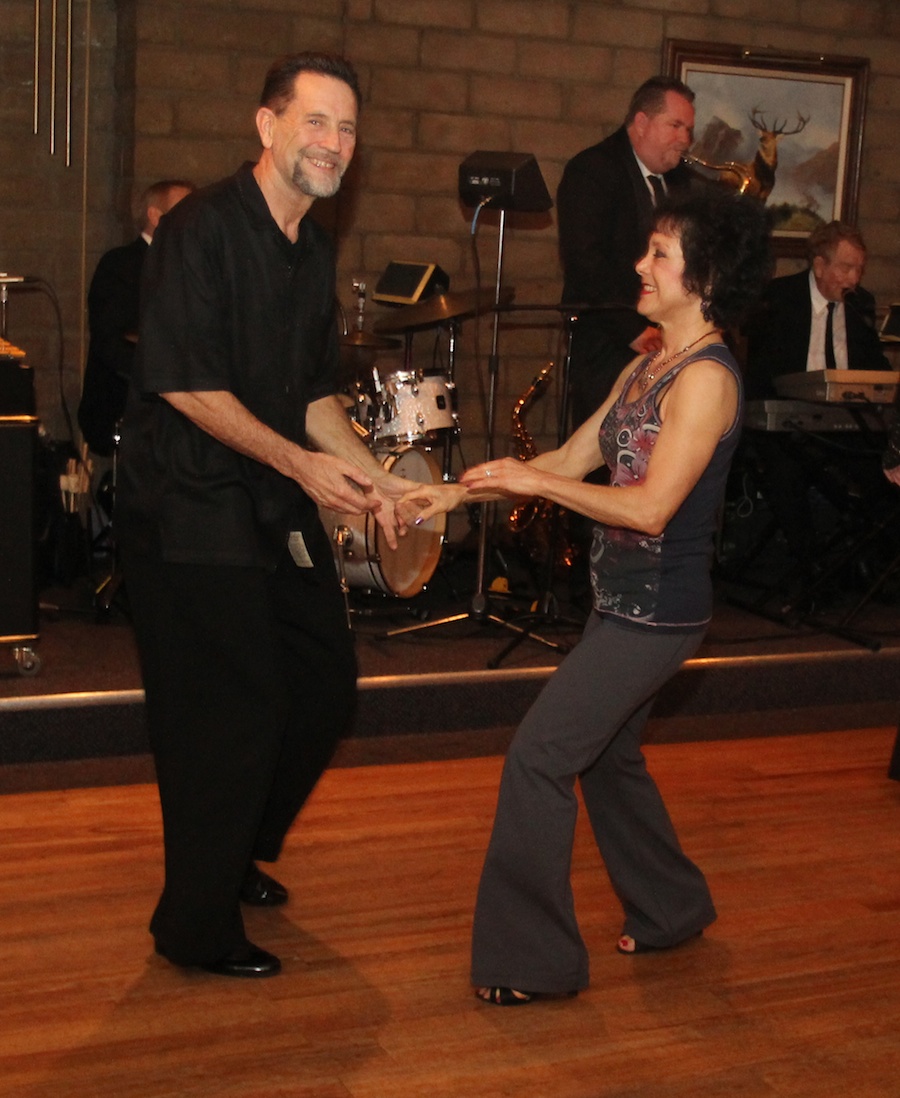
All smiles.... Way to go!
Meanwhile Back At The Table

Marcia and Jan enjoying the music
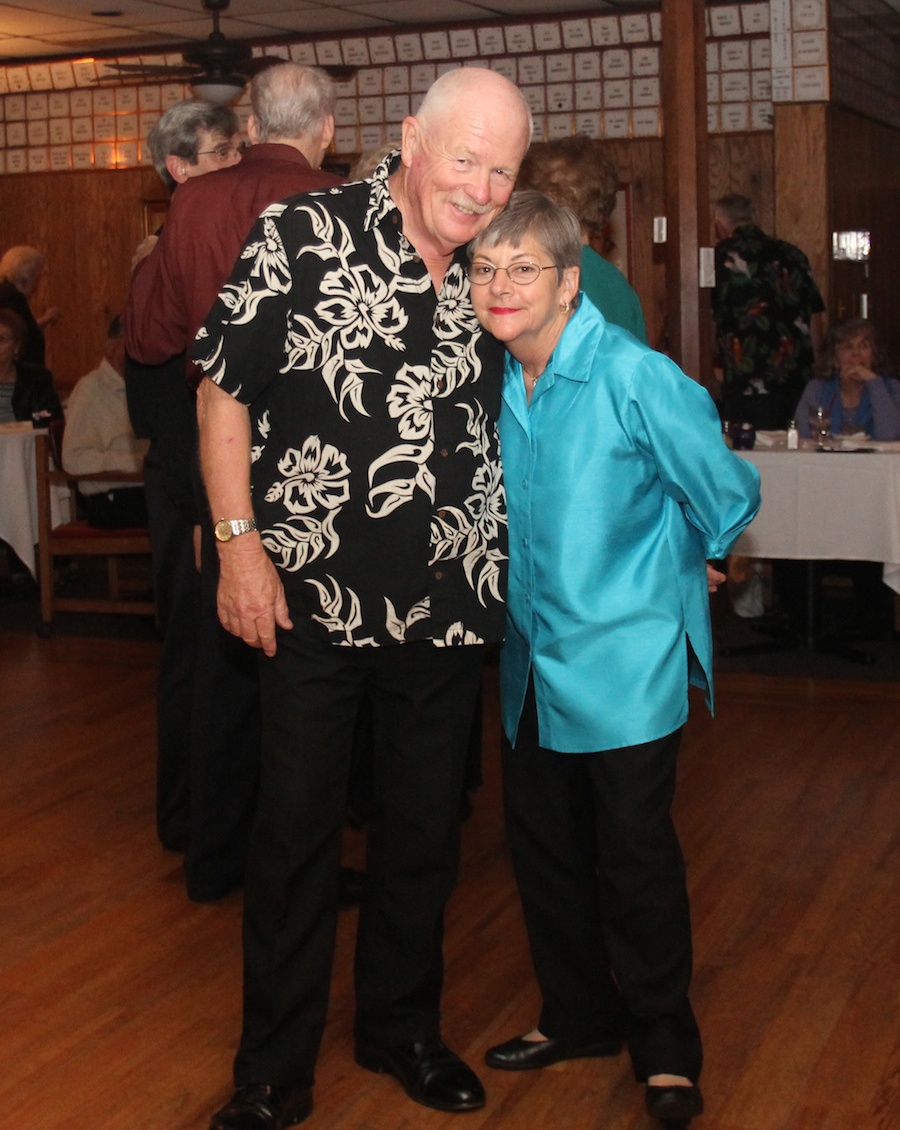
Dancing the evening away is our goal
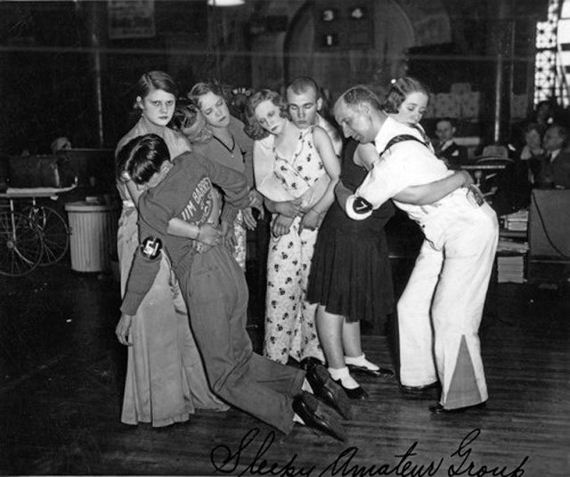
The first record was set by Alma Cummings who danced an amazing, 27 hours!
Marathons could last weeks or months with the only stipulation, that you
needed to dance around the clock. The longest recorded marathon in history
was a staggering 4152 hours and 30 minutes.
Did You Know? - A dance marathon is an event in which people stay on their feet for a given length of time. It started as a popular fad in the 1920s and 1930s, when organized dance endurance contests attracted people to compete to achieve fame or win monetary prizes.
One notable account of marathon dancing comes from the early chapters of Anita O'Day's memoir, High Times Hard Times: "It seems unbelievable now but there were once fifteen thousand people-- promoters, emcees, floor judges, trainers, nurses, cooks, janitors, cashiers, ticket-takers, publicity agents, promotion men, musicians, contestants and even a lawyer-- whose main source of income over a number of years came from endurance shows."

"I think a drinking marathon makes more sense at our age"
The Footnotes At Work!


The vibraphone in action
Did You Know? - The vibraphone (also known as the vibraharp or simply the vibes) is a musical instrument in the struck idiophone subfamily of the percussion family.
The vibraphone is similar in appearance to the xylophone, marimba and glockenspiel. Each bar is paired with a resonator tube having a motor-driven butterfly valve at its upper end, mounted on a common shaft, which produces a tremolo or vibrato effect while spinning. The vibraphone also has a sustain pedal similar to that used on a piano; when the pedal is up, the bars are all damped and the sound of each bar is shortened; with the pedal down, they will sound for several seconds.

Amazing deep sounds
Did You Know? - The first musical instrument called "vibraphone" was marketed by the Leedy Manufacturing Company in the United States in 1921.
This popularity led J. C. Deagan, Inc. in 1927 to ask its Chief Tuner, Henry Schluter, to develop a similar instrument. However, Schluter didn't just copy the Leedy design, he introduced several significant improvements: making the bars from aluminum instead of steel for a more "mellow" basic tone; adjustments to the dimensions and tuning of the bars to eliminate the dissonant harmonics in the Leedy design (further mellowing the tone); and the introduction of a damper bar controlled by a foot pedal, enabling it to be played with more expression. Schluter's design was more popular than the Leedy design, and has become the template for all instruments called vibraphone today.

...and more importantly.... he is having fun

"No fair looking"

Adding color to this evenings music

The sax sounds were just magnificent....

He could make the instrument talk
Did You Know? - The saxophone was developed in 1846 by Adolphe Sax, a Belgian-born instrument maker, flautist, and clarinetist working in Paris. While still working at his father's instrument shop in Brussels, Sax began developing an instrument with the projection of a brass instrument and the agility of a woodwind. He wanted it to overblow at the octave, unlike the clarinet, which rises in pitch by a twelfth when overblown. An instrument that overblew at the octave would have identical fingering for both registers.

Pops plays the keyboards and sings anything thrown at him

It's great when the band has fun also

Time for a portrait of happiness in action

Keys, computers, fans, lights.... Looks like a 747 cockpit

Dancing Gets Underway

Jackie and Jack are front row center
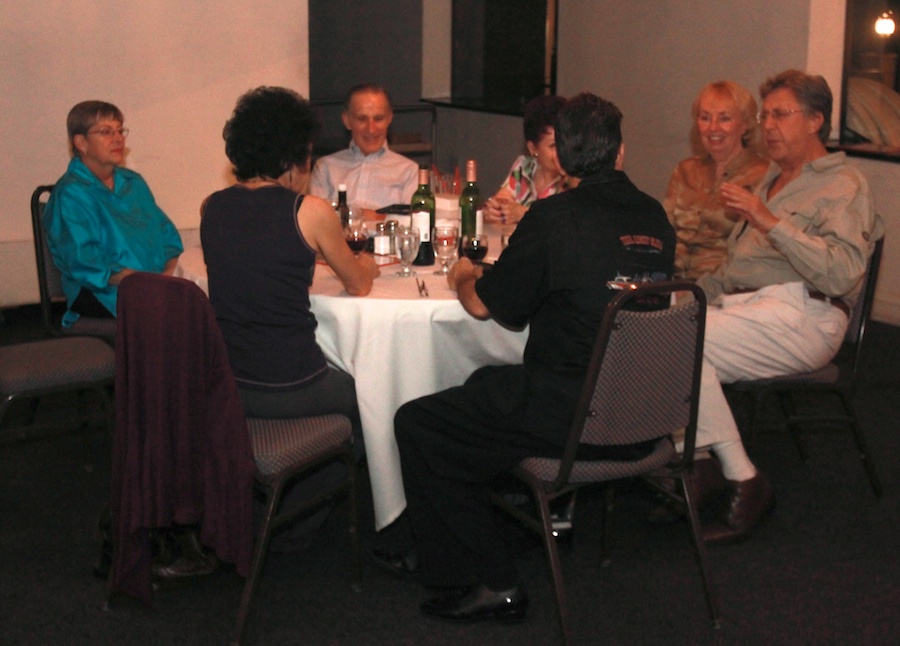
As the wine volume decreases the giggles increase
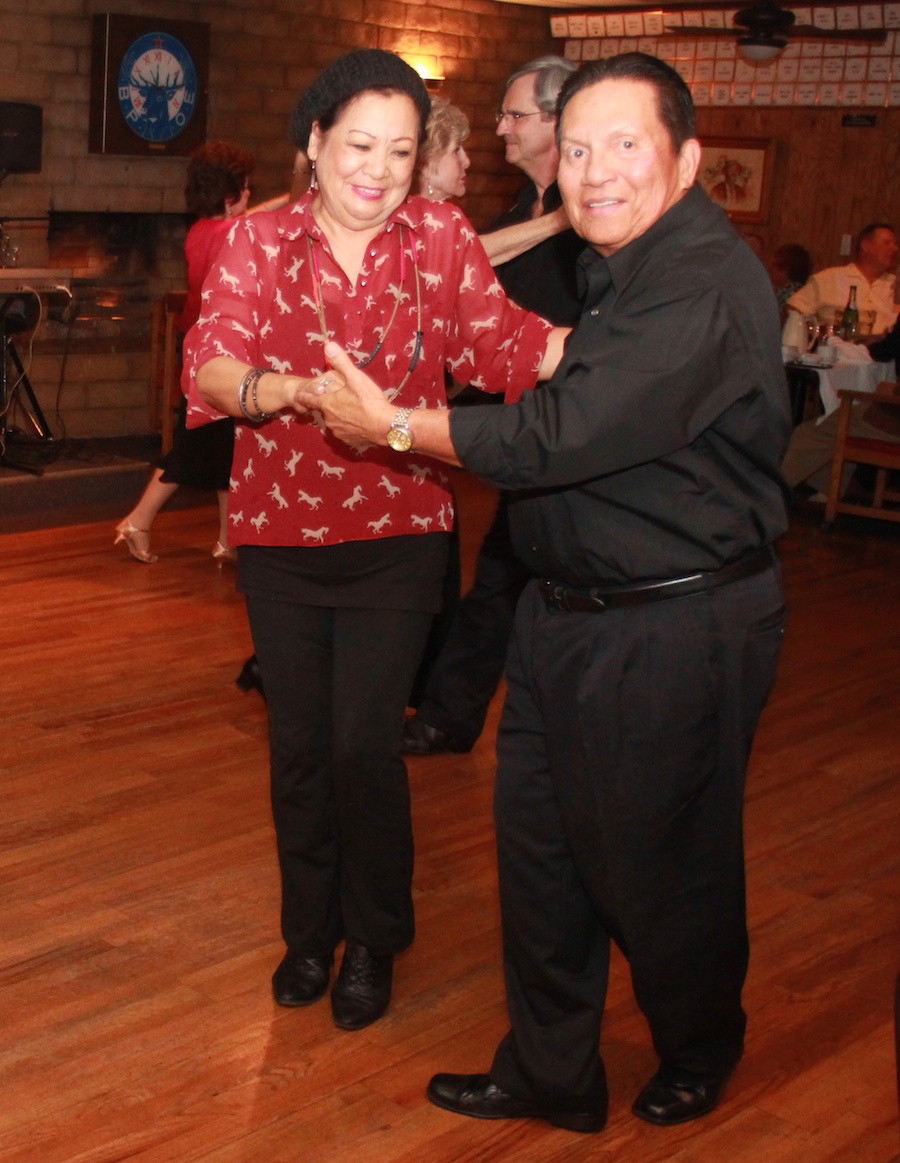
Tesse and Roger brighten up the dance floor

Making the people move
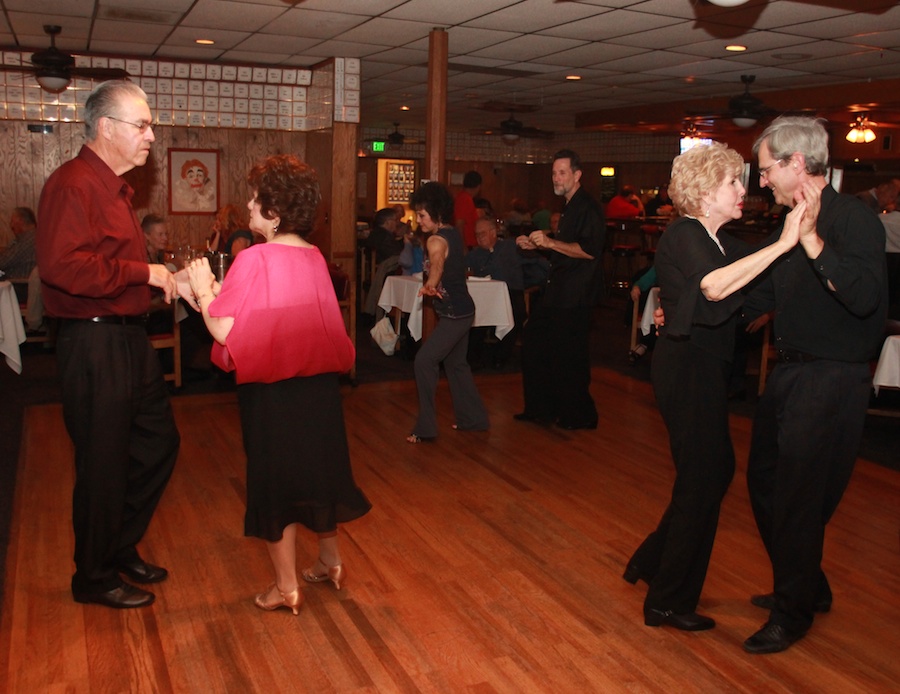
Richard and Cecelia with Bob and Donna (in background) and Iris and Will
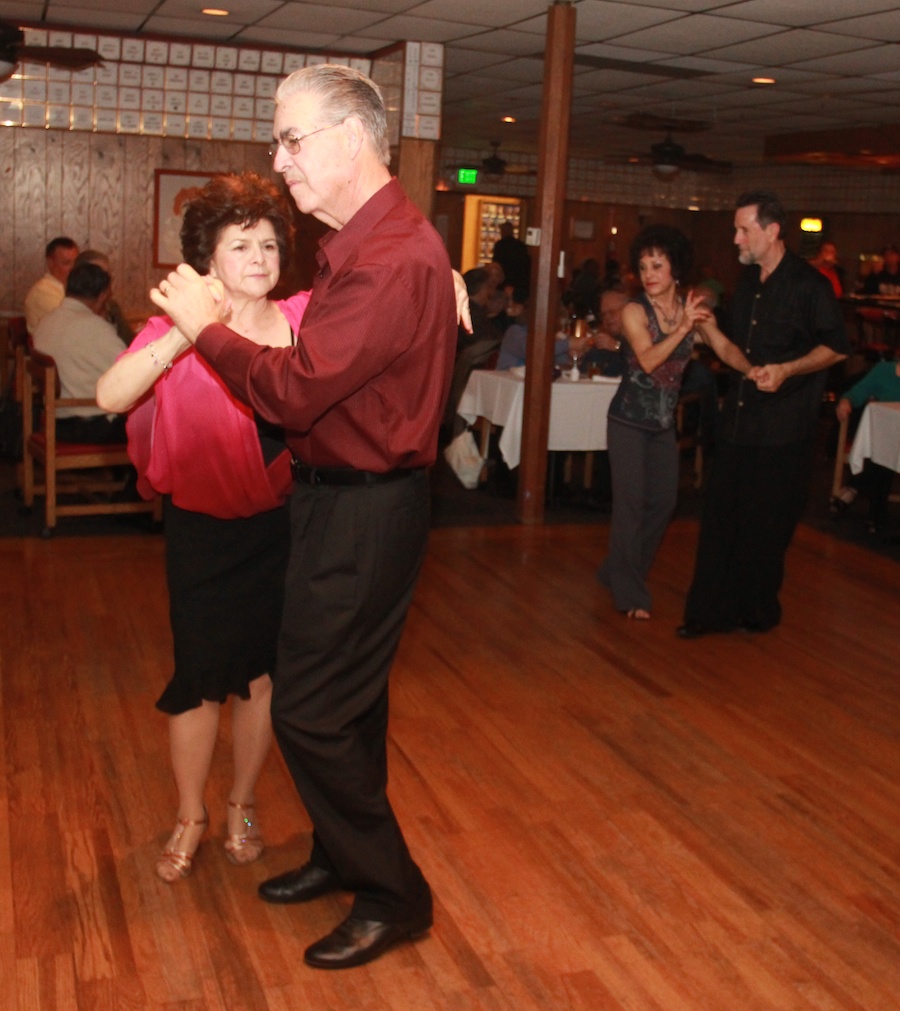
It must be a Latin piece of music
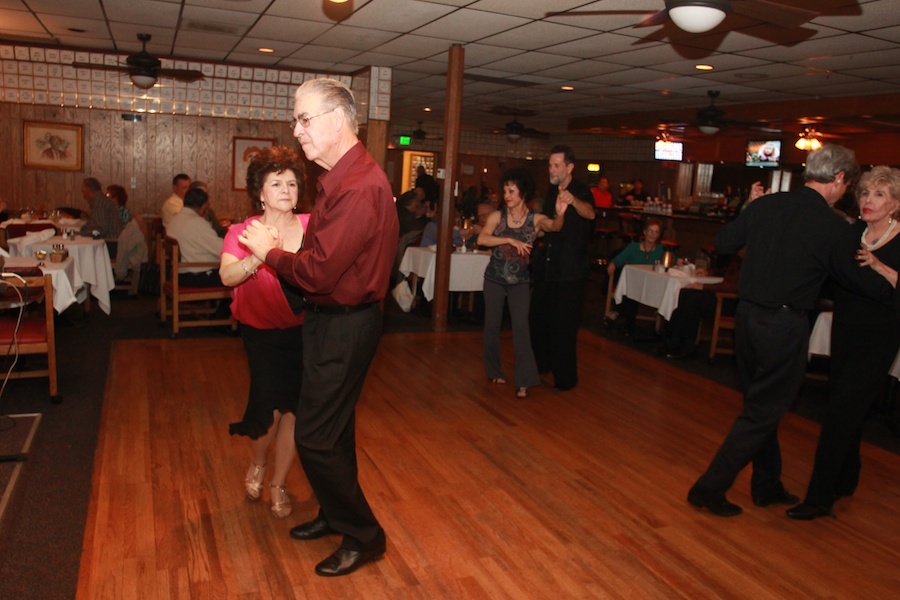
Zooming around the floor
Clotted Cream Anyone?? How Do These Conversations Get Started??

"So Brian, what is Clotted Cream ? "
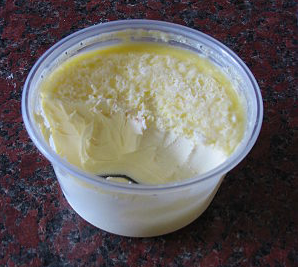
Did You Know? - Clotted cream (sometimes called clouted cream or Devonshire cream) is a thick cream made by indirectly heating full-cream cow's milk using steam or a water bath and then leaving it in shallow pans to cool slowly. During this time, the cream content rises to the surface and forms 'clots' or 'clouts'. It forms an essential part of a cream tea.
Although its origin is uncertain, the cream's production is commonly associated with dairy farms in South West England and in particular the counties of Cornwall and Devon. The current largest commercial producer is Rodda's in Redruth, Cornwall, which produces up to 25 tonnes (25,000 kg; 55,000 lb) of clotted cream each day. In 1998 the term Cornish clotted cream became a Protected Designation of Origin (PDO) by European Union directive, as long as the milk is produced in Cornwall and the minimum fat content is 55%.

"So Brian... Is it good for you?"
Did You Know? - Clotted cream has been described as having a "nutty, cooked milk" flavour and a "rich sweet flavour" with a texture that is grainy, sometimes with oily globules on the crusted surface. It is a thick cream, with a very high fat content (a minimum of 55%, but an average of 64%); in the United States it would be classified as butter. Despite its popularity, virtually none is exported due to it having a very short shelf life.
Clotted cream is often considered to be bad for health due its high saturated fat content For comparison, single cream has a lower fat content of 18%. According to the United Kingdom's Food Standards Agency, a 100-gram (3.5 oz) tub of clotted cream provides 586 kilocalories (2,450 kJ), roughly equivalent to a 200-gram (7.1 oz) cheeseburger.

"So Brian,,,What kind of cow does it come from? "
Did You Know? - Jersey cattle are a small breed of dairy cattle. Originally bred in the Channel Island of Jersey, the breed is popular for the high butterfat content of its milk and the lower maintenance costs attending its lower bodyweight, as well as its genial disposition.
Jersey cows have high butterfat milk, 4.84% butterfat and 3.95% protein, and the ability to thrive on locally produced food.
Lily Flagg, champion butterfat and milk producer of 1892. She produced a record 1047 pounds, 3/4 ounces of butter as well as 11,339 pounds of milk.[8] Her owner threw a locally famous high-class party in her honor, going so far as to paint his house "butter yellow" for the occasion.

"So Brian, I hear they are kind of cute1 Is that so?"

"Yes Bob... I am cute! Wanna dance?"

"I we had some, we would order some scones"
Did You Know? - The pronunciation of the word within the United Kingdom varies. According to one academic study, two-thirds of the British population pronounce it / ˈ s k ɒ n / with the preference rising to 99% in the Scottish population. This is also the pronunciation of Australians, Canadians and New Zealanders. Other regions, particularly the United States, pronounce the word as / ˈ s k oʊ n / . British dictionaries usually show the "con" form as the preferred pronunciation, while recognizing that the "cone" form also exists.

Let's dance

A glass of wine and ten pounds of clotted cream

Perhaps a portrait?
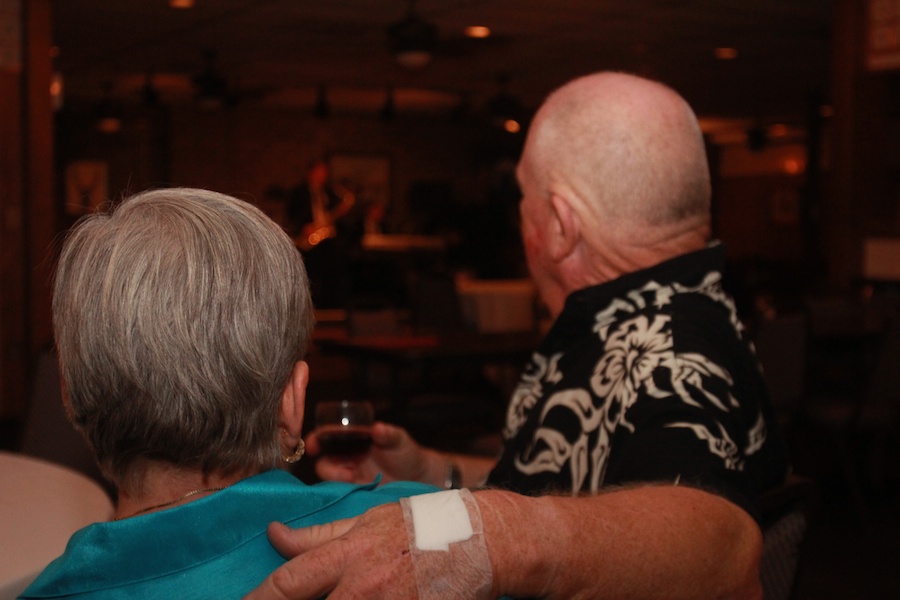
Paul attempts to hide the "boo boo"

All smiles tonight... We are going home for a cream bath!
Did You Know? - A myth from Dartmoor, tells of a princess who wanted to marry an elven prince, but according to tradition had to bathe in pure cream first. Unfortunately, a witch who wanted the prince for her daughter kept souring the cream. Eventually, the prince offered the princess clotted cream, which the witch was unable to sour.

"Yes... Clotted cream is about four inches thick... right?"

"Phooey... We better stick with wine"
